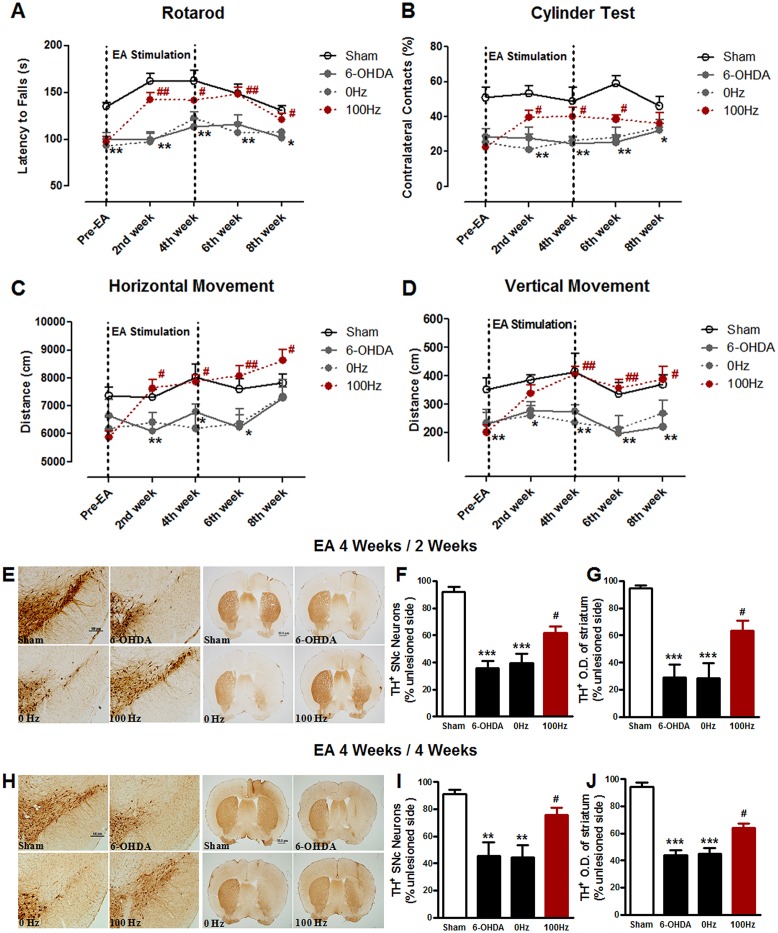Fig 4. EA produces a long-last neuroprotection in 6-OHDA-lesioned mice after the termination of EA stimulation.
Time-dependent alteration of the behavioral performance in each group, such as rotarod test (A), cylinder test (B), horizontal locomotor distance (C) and vertical locomotor distance (D). (E) immunohistochemistrical staining for TH positive dopaminergic neurons in the SNpc (scale bar: 100 μm) and fibers in the striatum (scale bar: 50 μm) were showed at 2nd and 4th week after the termination of EA stimulation (which be described as EA 4 Weeks / 2 Weeks and EA 4 Weeks / 4 Weeks, respectively). Bar graph of the percentage of TH positive dopaminergic neurons in the SNpc (F) and the fibers in the striatum (G) at the end of 2nd week after the termination of EA stimulation. At the 4th week after the termination of EA stimulation, the percentage of TH positive dopaminergic neurons in the SNpc was shown as the bar graph (H), and the fibers in the striatum was shown as the bar graph (I). n = 10–12 per group for the behavior tests; n = 5 per group for the immunohistochemistrical experiments. The values were expressed as means ± SEM. * P <0.05; ** P <0.01; *** P <0.001 vs. Sham. # P <0.05; ## P <0.01 vs. 0 Hz group.

